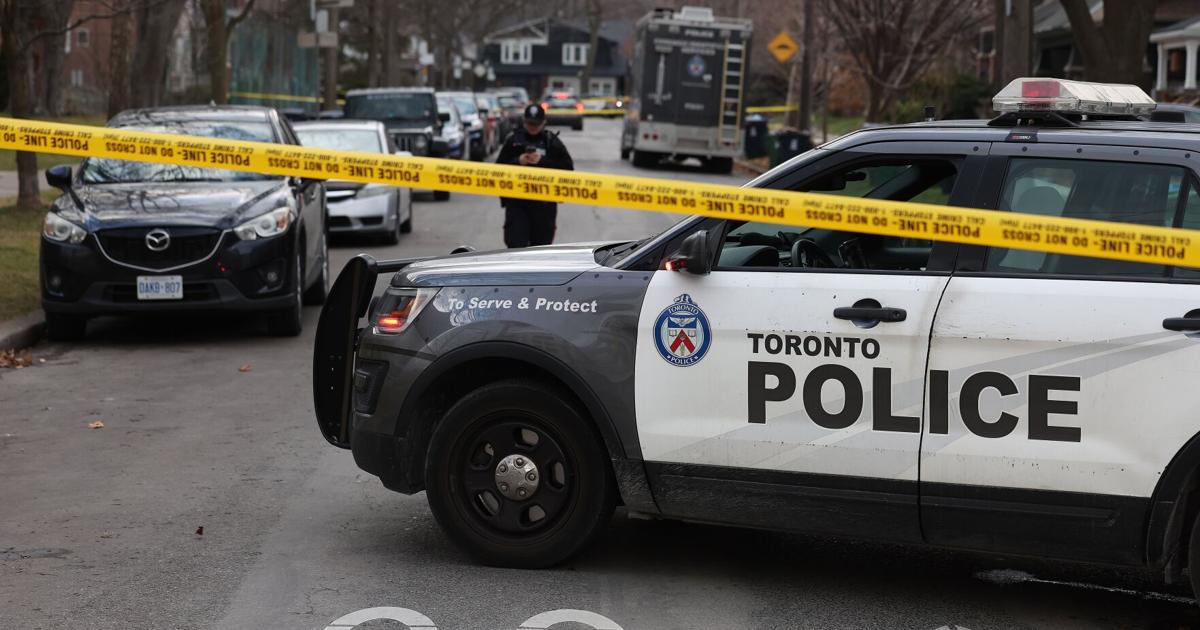It's not surprising that higher police spending doesn't correlate with lower crime rates. When crime is a problem you throw more money at policing. If the increased spending doesn't help, then you have to look more closely at how the money is being spent.
If there is a lot of undiscovered or unreported crime, then the police presence is increased, it would be logical for the number of REPORTED crimes to increase, even the actual numbers are steady or declining.
There are some policing strategies that have been proven effective but the politicians find them unsavory so they are not implemented. In NYC in the early 90's, Mayor Rudy Giuliani implemented "broken windows" policing - the theory that ignoring a lot of petty crimes encourages the commission of more serious crimes. By focusing on the petty street crimes, major crimes were significantly reduced. But this is unpopular because 90% of the petty crimes are committed by POC's, and it LOOKS LIKE the police are targeting POC's.
Also there is "predictive policing," where studies are made of all sorts of antisocial behaviours, mainly in teenagers, on the theory that these people will end up being criminals if you let it continue. It has shown good results, but again, you are focusing mainly on POC's and in this case they have not committed any crimes, so it is looked on as official racist harassment.
In the U.S. we have what is called the Uniform Crime Report. It is published annually by the FBI (
https://ucr.fbi.gov/crime-in-the-u.s ), and accumulates all of the reported major crimes in the country, and can be used by anyone for whatever purpose is needed. While some crime-ridden municipalities have refused to cooperate in reporting the data in recent years, it still gives a pretty good look at the crime situation overall.
Look at how the money is being spent by police departments. That's where the rubber meets the road. Gotta get cops out on the streets in bad neighborhoods.

 www.thestar.com
www.thestar.com


